When Apple introduced the arrival of Apple Silicon, or its own chips for Apple computers, in June 2020, it gained considerable attention from the entire technology world. The Cupertino giant has decided to abandon the Intel processors used until then, which it is replacing at a relatively brisk pace with its own chips based on the ARM architecture. The company has extensive experience in this direction. In the same way, he designs chipsets for phones, tablets and others. This change brought with it a number of wonderful benefits, including undeniable comfort. But is one of the best gadgets slowly falling into oblivion? Why?
It could be interest you

Apple Silicon: One advantage after another
As we mentioned above, switching from Intel processors to Apple's own Silicon solution brings with it a number of great benefits. In the first place, of course, we have to put the amazing improvement in performance, which goes hand in hand with better economy and lower temperatures. After all, thanks to this, the Cupertino giant hit the nail on the head. They brought to the market devices that can easily cope with ordinary (even more demanding) work without overheating in any way. Another advantage is that Apple builds its chips on the aforementioned ARM architecture, with which, as already mentioned, it has extensive experience.
Other chips from Apple, which can be found both in iPhones and iPads (Apple A-Series), and nowadays also in Macs (Apple Silicon - M-Series), are based on the same architecture. This brings with it an interesting benefit. Applications designed for iPhone, for example, can also be run flawlessly on Apple computers, which can significantly make life easier not only for users, but also for individual developers. Thanks to this change, I personally used the Tiny Calendar Pro application on Mac for a certain period, which is normally only available for iOS/iPadOS and is not officially available on macOS. But that's no problem for Macs with Apple Silicon.
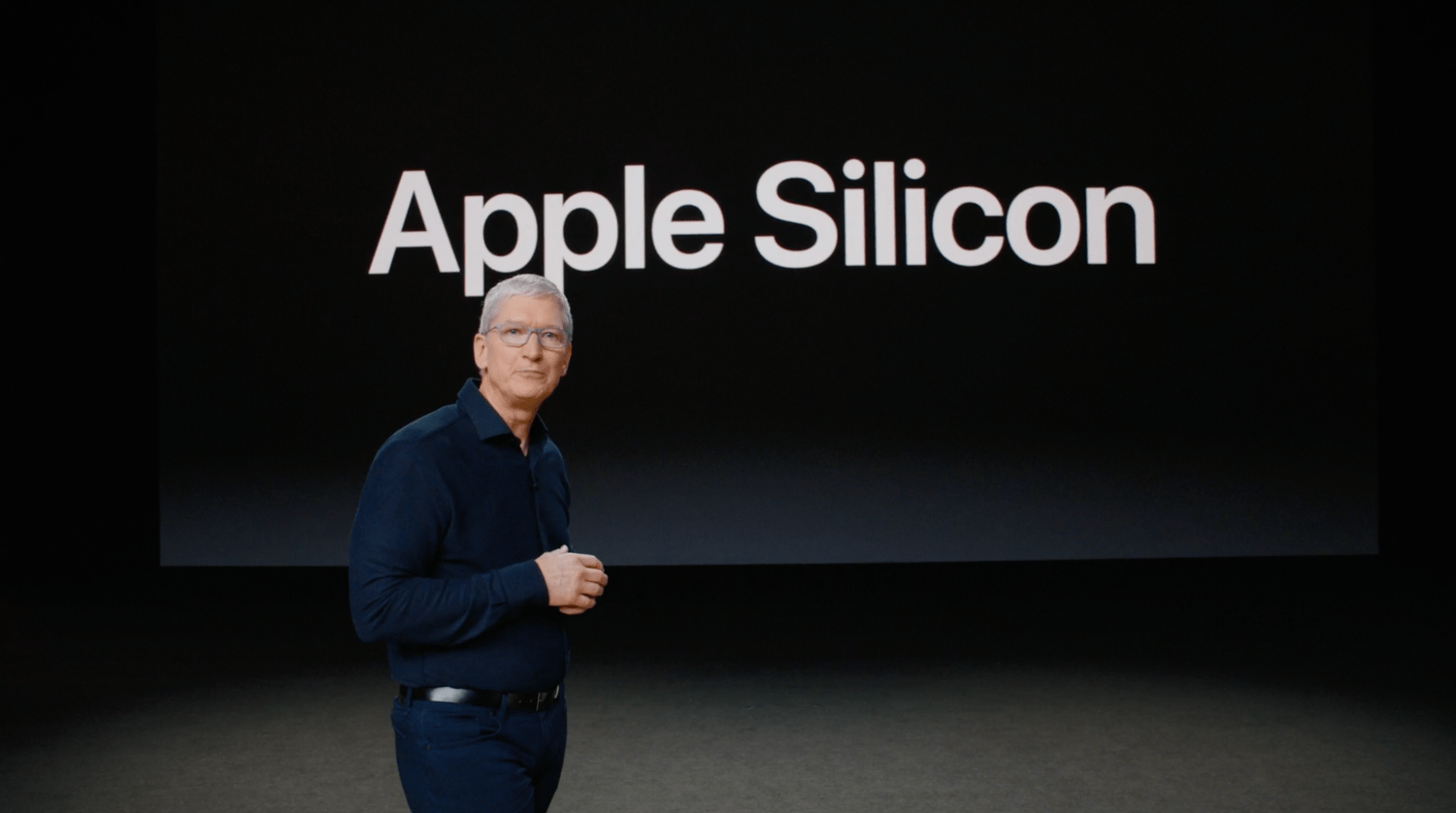
Problem with iOS/iPadOS apps
Although this trick appears to be a great option for both parties, unfortunately it is slowly falling into oblivion. Individual developers have the option to choose that their iOS applications are not available on the App Store in macOS. This option has been chosen by a large number of companies, including Meta (formerly Facebook) and Google. So if Apple users are interested in a mobile application and want to put it on their Mac, there is a good chance that they will simply not meet with success. Considering the potential of this interconnectedness, it is a great shame that it is practically impossible to take full advantage of this advantage.
It could be interest you

At first glance, it may also seem that the fault lies mainly with the developers. Although they have their part in it, we cannot blame them only for the current situation, because we still have two important articles here. First of all, Apple should intervene. It could bring additional tools for developers to facilitate development. There have also been opinions on the discussion forums that the whole problem could be solved by introducing a Mac with a touch screen. But we will not speculate about the probability of a similar product now. The last link is the users themselves. Personally, I feel that they have not been heard at all in recent months, which is why the developers have no idea what the apple fans want from them. How do you view this problem? Would you like some iOS apps on Apple Silicon Macs, or are web apps and other alternatives enough for you?
 Adam Kos
Adam Kos 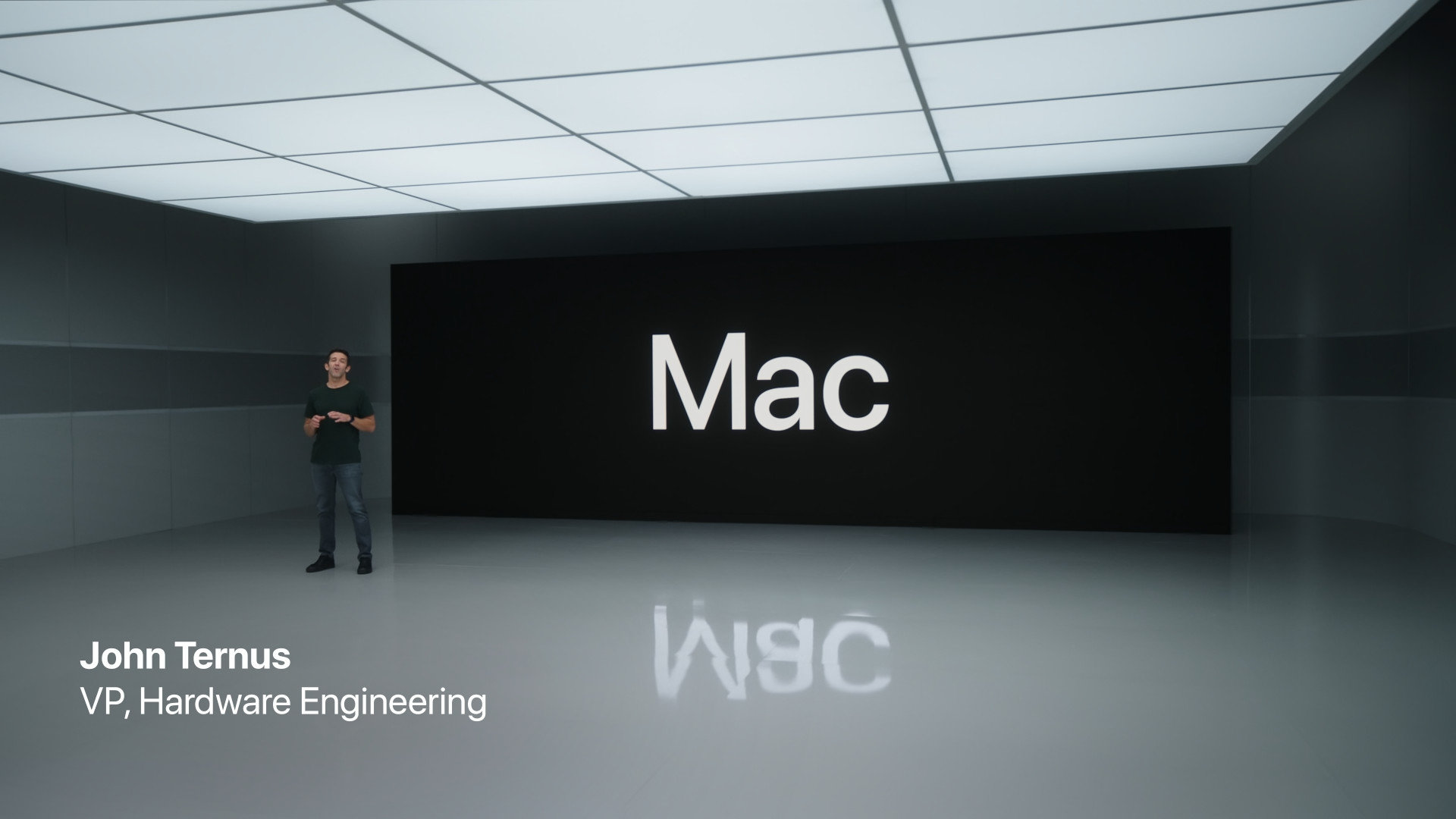

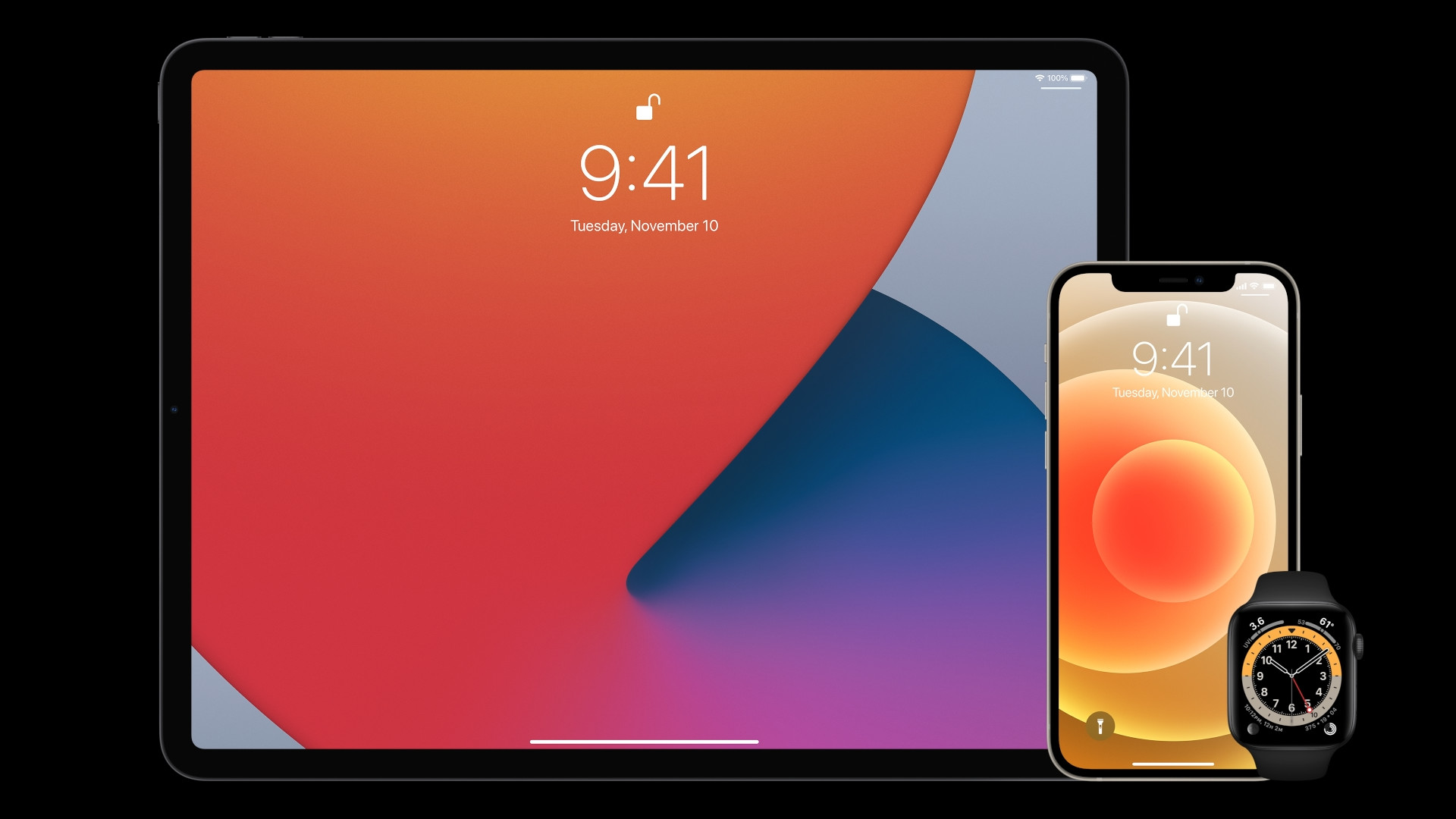


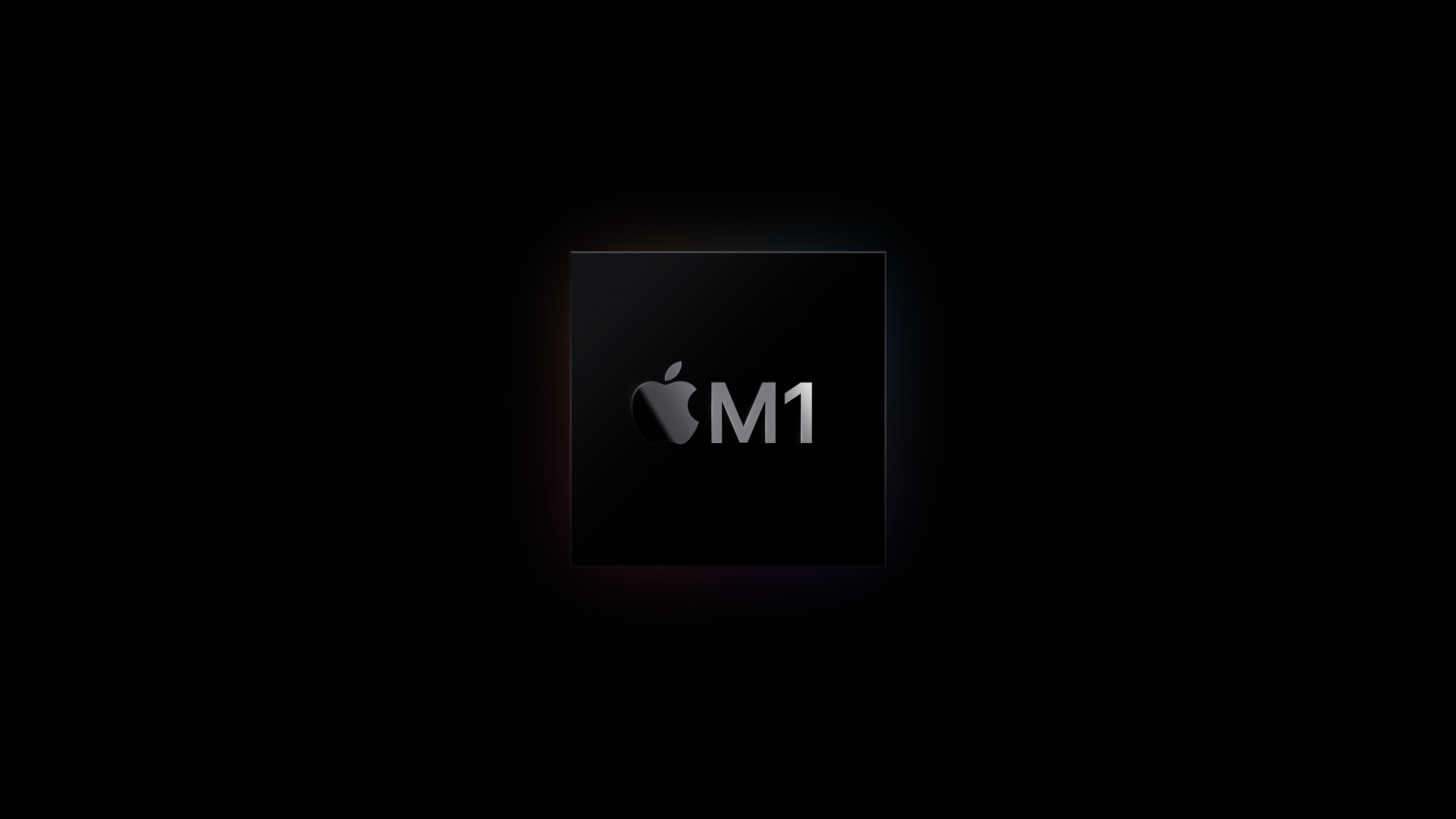
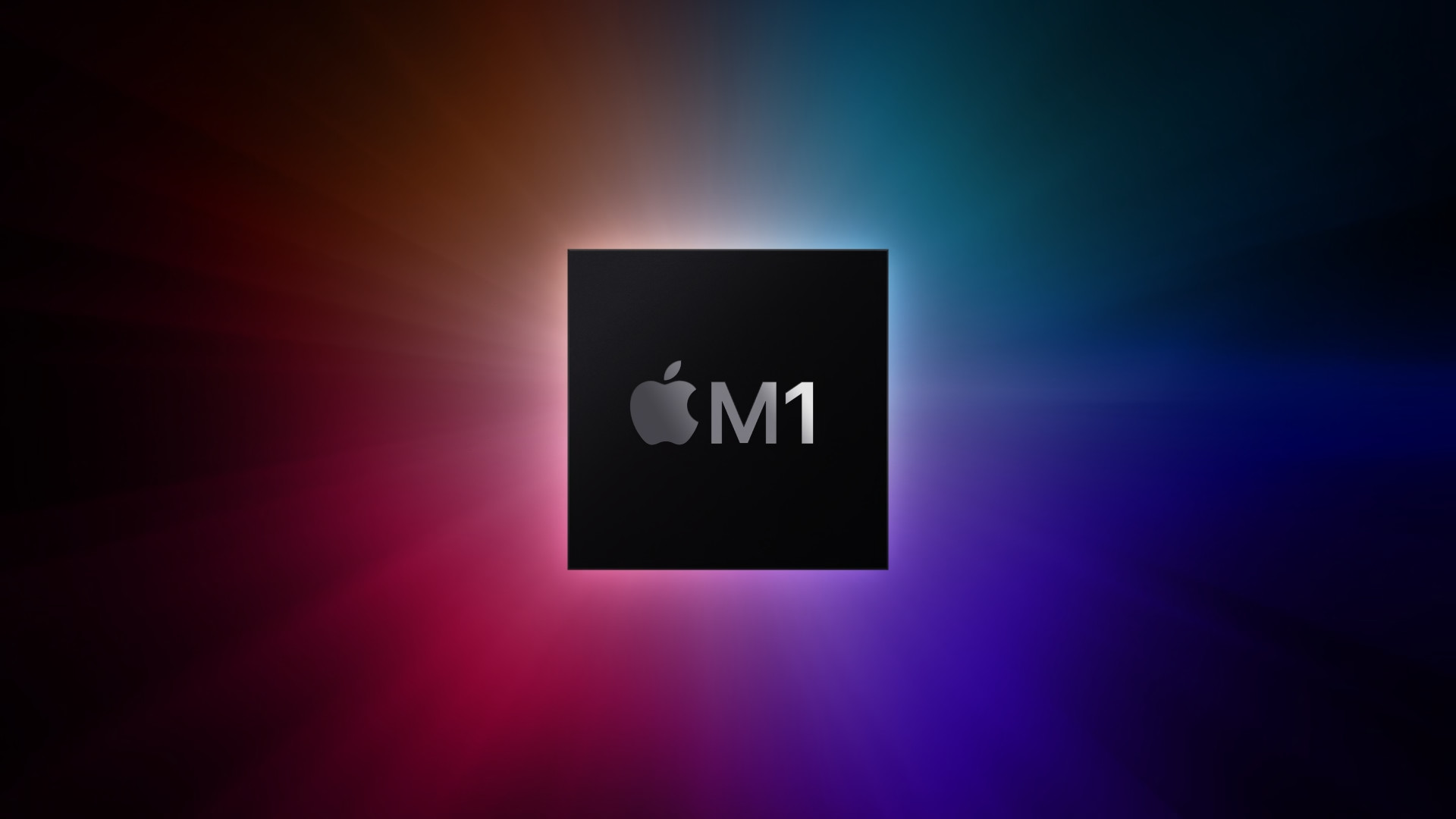
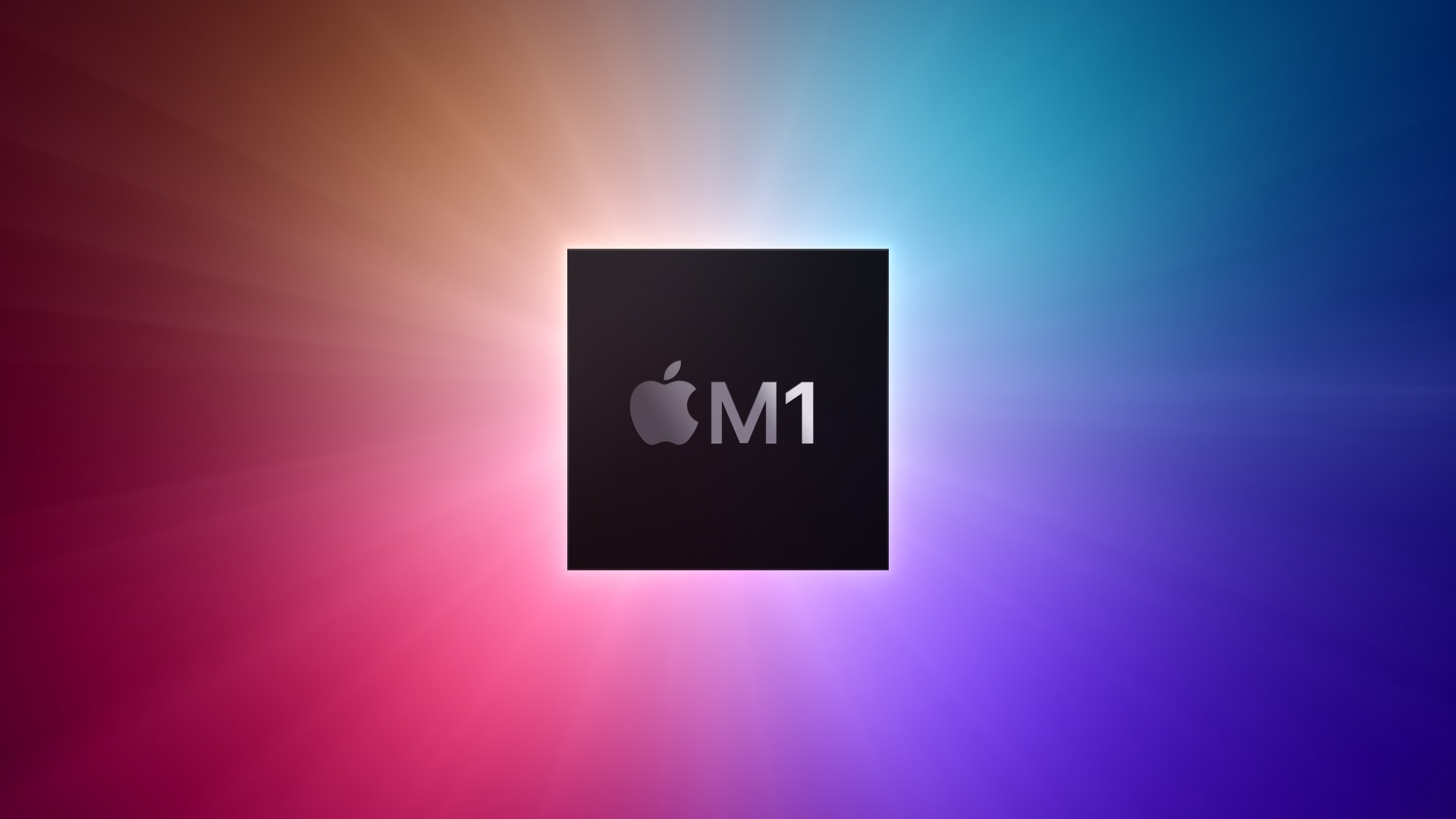
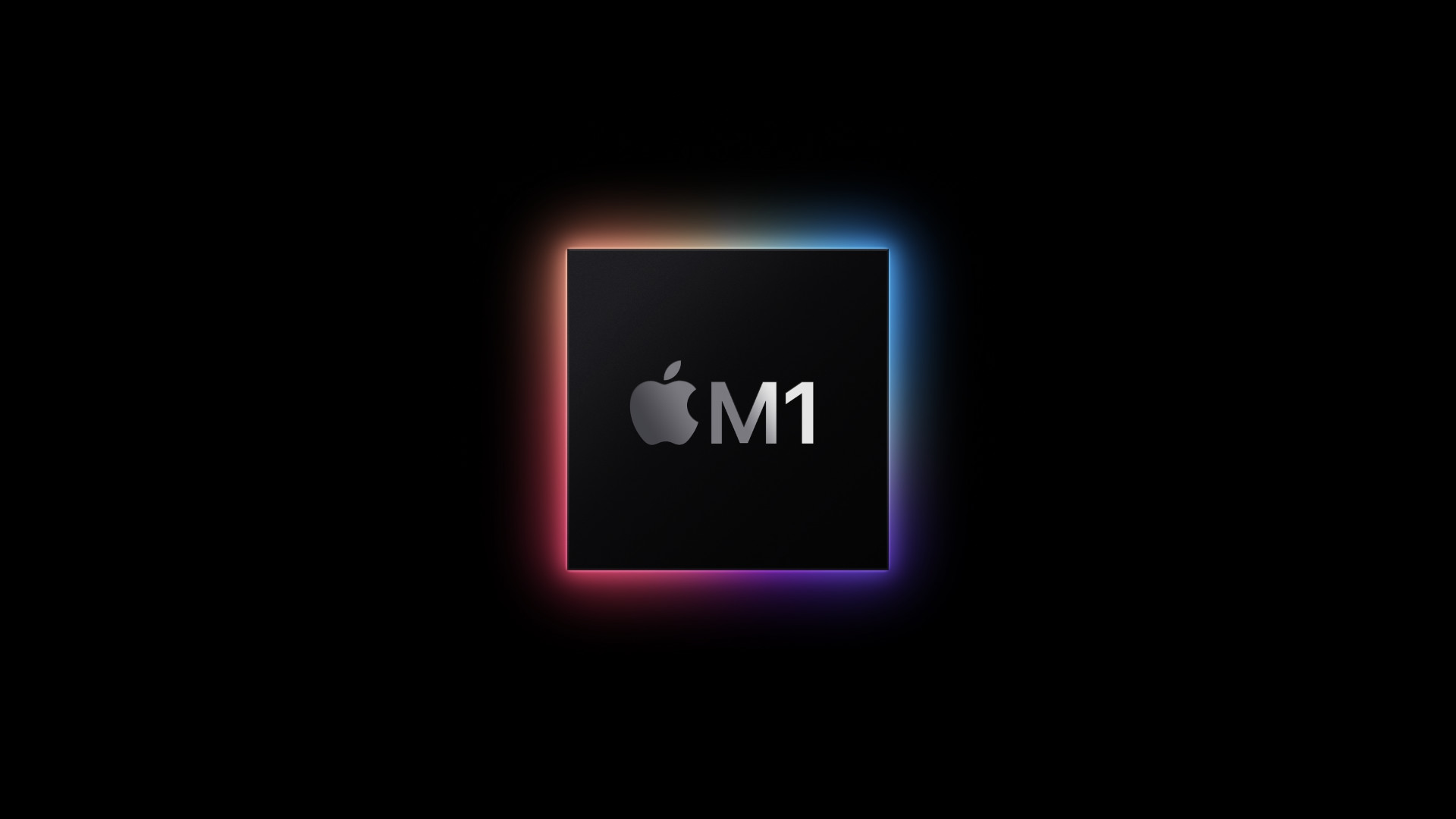






I salute you. I would definitely like it if the app I have on my iPhone and iPad could also be used on the MacBook with M1 and it is the 24me app
The problem was the bet on exactly that power consumption. That is, something that today the most limited group of people will appreciate. Thanks to the measures with CV19, the number of people who have to code somewhere in a cafe, restaurant, beach on a flashlight has decreased significantly. Mainly, they don't need that much power.
A lot more people in the studios are running into HW limitations of the platform. Or a lack of performance regardless of consumption. Not even an X SoC in all parameters of performance and connectivity.
Hello. Quite frankly, getting an app from iOS to Mac this way can be either extremely simple or complicated. There isn't much in between. The reason is simple - an iOS app can be created in two ways - using SwiftUI or UIKit (neglect the other methods, the procedure is similar there, sometimes even more complicated). In essence, SwiftUI is the easiest way, the environment is created by code and adapts to the device. So it will be transformed so that it is also accessible on Mac. It's not super complicated. UIKit then works on the basis of building an interface on the canvas, customization requires more developer intervention. As far as I know, Meta or Google apps are made a little more complicated, and for proper Mac support, it would be necessary to make a new app. The problem with SwiftUI is that it's fairly new, it's been with us since iOS 12 or 13 (I'm not sure here), so only very modern apps are properly debugged for it. Apple has a big initiative for developers to create in SwiftUI, that is the simplicity and fast development of the framework, but in my opinion, it can't do anything more.